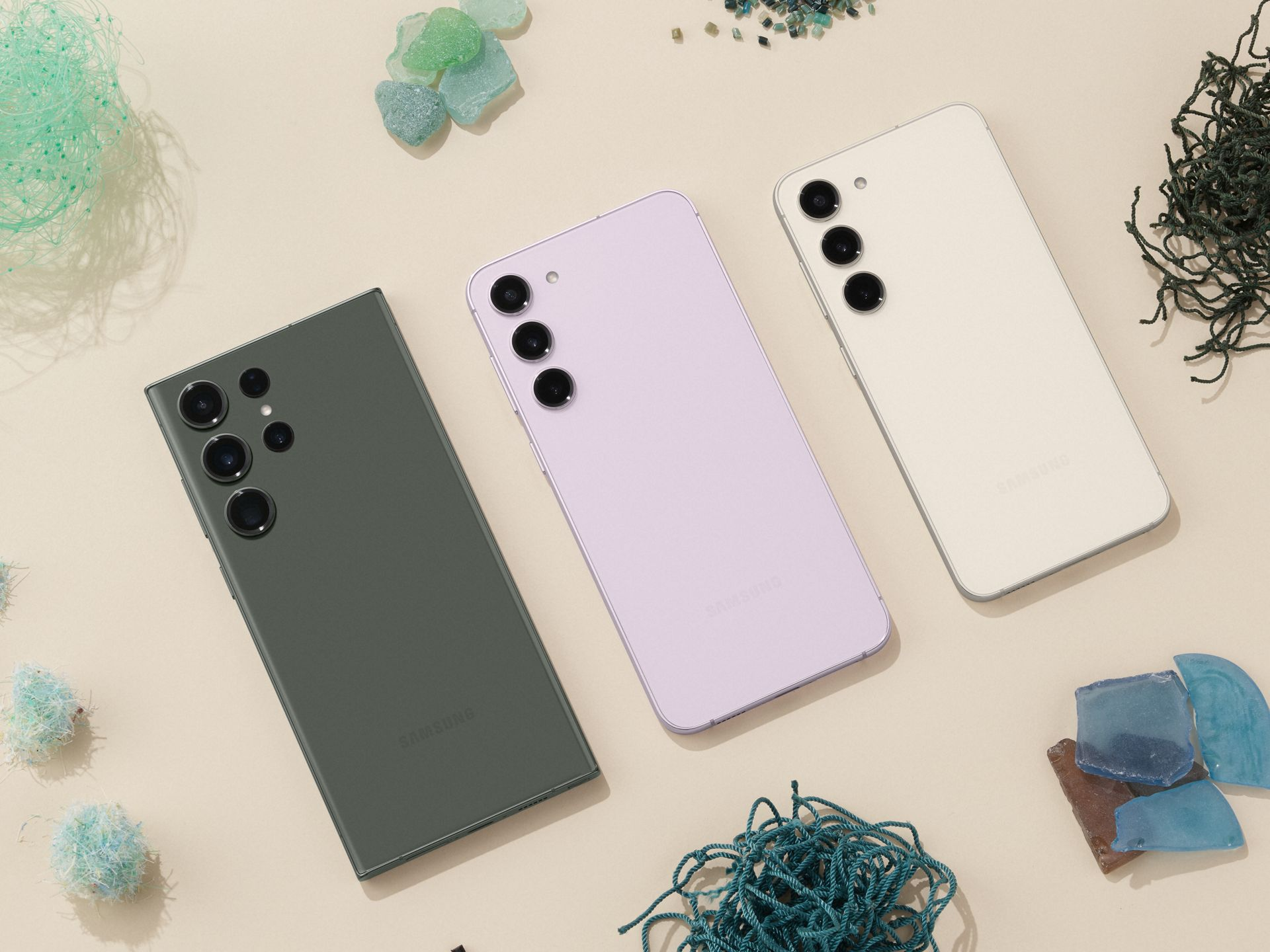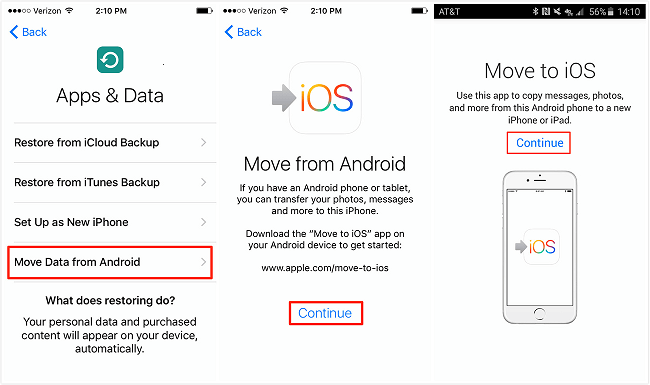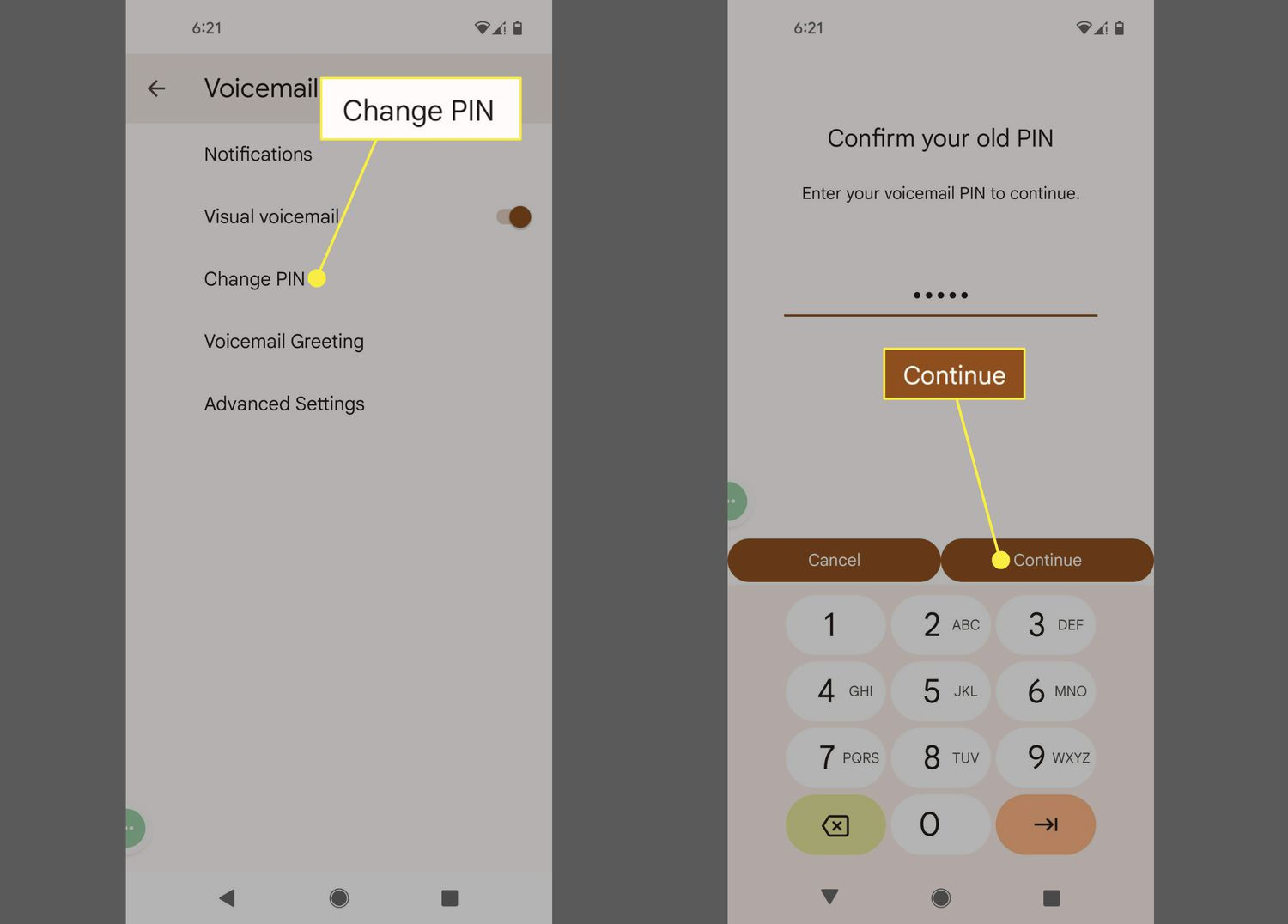When considering the Samsung Galaxy S23 storage options, users have several choices to ensure they never run out of space for their apps, photos, and videos. With built-in storage capacities ranging from 128 GB to a staggering 1 TB, this flagship phone is engineered to meet the needs of even the most demanding users. However, if you’re someone who constantly captures high-resolution content or downloads large files, the absence of expandable storage options in the Galaxy S23 may be a concern. While Samsung eliminated support for microSD cards in recent models, alternatives such as cloud storage for Galaxy S23 and external storage for Galaxy S23 devices are readily available. For those still in search of SD card alternatives, various creative solutions can help you manage your storage effectively while maximizing your device’s capabilities.
Exploring storage alternatives for the Samsung Galaxy S23 reveals a wealth of options designed to meet diverse user needs. The cutting-edge Samsung Galaxy smartphone, known for its robust performance and expansive built-in memory, encourages users to think beyond traditional methods of data storage. Whether you’re looking for reliable cloud solutions to offload your files or external devices to add additional memory, innovative methods are available to keep your device running smoothly. Meanwhile, related models like the Samsung Galaxy A54 maintain the versatility of expandable storage that many users have come to appreciate. Ultimately, understanding these alternatives is crucial for optimizing your mobile experience and ensuring ample space for your digital lifestyle.
Understanding Samsung Galaxy S23 Storage Options
The Samsung Galaxy S23 comes equipped with a variety of built-in storage options, ranging from 128 GB to an impressive 1 TB. This expansive amount of space is more than sufficient for most users, allowing for ample storage of apps, photos, videos, and other personal files. Unlike its predecessors, the Galaxy S23 does not support microSD cards, which means many users will need to adapt to its internal memory offerings. While the absence of expandable memory through SD card slots may seem limiting, it encourages users to consider alternative methods of storage management.
In light of this limitation, understanding how to maximize the Galaxy S23’s built-in storage is crucial. Users can organize their files more efficiently, regularly purge unwanted apps, and shift large media files to cloud storage services. Ultimately, the right management can help avoid feeling constrained by the internal memory choices available on the Galaxy S23, promoting a seamless experience without lag or storage notifications.
Cloud Storage Solutions for Galaxy S23 Users
For those seeking additional storage avenues, cloud storage presents an excellent alternative for Samsung Galaxy S23 owners. Services like Google Drive and Dropbox enable users to offload large files such as photos, videos, and documents to the cloud, thereby freeing up space on their devices. These platforms often provide free tiers with generous limits, making them accessible for everyday users. By utilizing cloud storage, S23 users can maintain easy access to their files while keeping their device storage manageable and organized.
Moreover, cloud storage enhances collaborative capabilities, allowing users to share files and work on projects in real-time, regardless of their location. This is particularly advantageous for students or professionals who frequently need to access and share presentations or documents. Overall, leveraging cloud storage solutions can significantly augment the functionality of the Samsung Galaxy S23, compensating for the lack of traditional expandable storage options.
Exploring External Storage Options for the Galaxy S23
If cloud storage isn’t the right fit for you, external storage devices are another viable option for Samsung Galaxy S23 users. Portable hard drives and USB flash drives can easily connect to the device via USB-C, allowing for quick and secure access to additional storage. Brands like MyMemory offer a range of USB drives specifically designed for the Galaxy S23, effectively bridging the gap left by the absence of an SD card slot.
Investing in external storage can provide a practical solution for those who require substantial space for files without relying solely on internal memory or cloud services. External drives are perfect for storing backups, large media files, or even transferring data between devices. This flexibility allows Galaxy S23 users to create a customized storage solution tailored to their specific needs, making it an excellent investment.
Using Hubs with SD Card Readers for Samsung S23
Although the Samsung Galaxy S23 doesn’t feature an SD card slot, users can still find workarounds with USB-C hubs that include SD card readers. These hubs allow users to connect traditional memory cards to their smartphones, effectively enabling access to additional data storage. By using a hub like the one from Hicober, Galaxy S23 owners can bring back some of the functionalities lost due to the lack of an integrated SD card option.
This method not only provides additional storage capabilities but also expands the S23’s compatibility with other peripherals, such as USB drives and cameras. This can be invaluable for photographers and videographers who frequently transfer media files from their devices. Thus, a hub with an SD card reader offers a creative way to enhance the functionality of the Galaxy S23, ensuring users can manage their media efficiently.
Managing Storage on Your Samsung Galaxy S23
Regular maintenance of your device’s storage is key to maximizing the performance of your Samsung Galaxy S23. Utilizing applications like Samsung My Files or Files by Google can simplify the process of cleaning out unnecessary files, such as duplicates or cached data—freeing up space for more important content. Periodically reviewing installed apps and deleting those that no longer serve a purpose can also significantly enhance storage management.
By adopting a proactive approach in managing files and applications, users can ensure their Galaxy S23 runs smoothly and efficiently. These small efforts make a significant difference in prolonging the life of the device and maintaining access to essential applications and files—a crucial aspect for professionals who depend on their phones for work.
Comparing Samsung Galaxy A54 and Galaxy S23 Storage Features
The Samsung Galaxy A54 stands out among mid-range smartphones by offering expandable storage through a microSD card slot, allowing users to add up to 1 TB of external space. This feature makes it appealing to individuals who require greater flexibility and more substantial storage capabilities for their apps, media, and documents. In comparison, Samsung Galaxy S23’s lack of expandable storage may deter users who switch from older models that facilitated microSD cards.
Nevertheless, the Galaxy S23 compensates for its absent SD card slot with robust internal storage options and a superior overall processing power. While the A54 is a fantastic choice for those prioritizing storage flexibility, the S23 appeals to users who seek a high-performance device with a considerable amount of built-in memory, albeit with less customization regarding storage.
Alternatives to SD Cards for Samsung Galaxy S23
With the discontinuation of SD card slots in the Samsung Galaxy S23 lineup, many users are keen to explore alternatives that can deliver similar storage functionality. Surprisingly, there are several methods available. Cloud-based storage solutions, mentioned earlier, provide users the flexibility of storing vast amounts of data off-device, while also granting them online access anywhere and anytime with a reliable internet connection.
Additionally, utilizing external hard drives through USB connection or wireless formats can emulate a similar experience to using an SD card. Users can simply plug in their device and transfer data seamlessly or even store backups for added security, ensuring their precious files remain safe. Hence, while the traditional SD card may be absent, multiple alternatives allow Samsung Galaxy S23 owners to maintain control over their storage needs.
Evaluating Backup Solutions for Galaxy S23 Storage
To protect the vast amounts of data stored on a Samsung Galaxy S23, implementing a regular backup routine is essential. Users can utilize built-in services like Samsung Cloud or Google Backup, which offer seamless ways to store data ranging from contacts and messages to media files securely in the cloud. This ensures that, in the likely event that a device is lost or damaged, all vital information remains retrievable.
In addition, many external storage solutions, such as USB flash drives or hard drives, can serve as excellent physical backups as well. Occasionally syncing data with these devices will provide users an additional layer of safety to ensure that their files are preserved beyond their primary device. Thus, establishing a comprehensive backup strategy is paramount in managing any potential data loss for Galaxy S23 users.
Tips for Optimizing Storage on Your Samsung Galaxy S23
Optimizing storage on your Samsung Galaxy S23 doesn’t have to be an arduous task. One of the simplest ways to reduce clutter is to delete redundant apps and files that aren’t regularly utilized. Utilizing built-in features, like the storage analysis tool in Samsung’s My Files app, can identify large files, unnecessary downloads, and duplicate images that may be taking up precious space.
Additionally, consider compressing photos or videos before storing them, as smaller file sizes will conserve available memory on your device. Offloading less essential content to cloud services can further streamline access and organization—allowing the main device memory to only retain crucial applications, documents, and media, maximizing both performance and space.
Frequently Asked Questions
What are the storage options for the Samsung Galaxy S23?
The Samsung Galaxy S23 offers built-in storage options ranging from 128 GB to 1 TB, providing ample space for apps, photos, and videos. However, it does not support expandable storage via a microSD card, which has been a feature in earlier Samsung models.
Can I use expandable storage with the Galaxy S23?
While the Galaxy S23 does not have a microSD card slot for expandable storage, users can utilize cloud storage solutions like Google Drive or Dropbox to offload files, freeing up space on their device.
What are some alternatives to SD cards for the Galaxy S23?
For the Samsung Galaxy S23, alternatives to SD cards include using cloud storage services, external USB drives, and hubs equipped with SD card readers that connect via USB-C.
Is cloud storage a good option for Galaxy S23 users?
Yes, cloud storage is an excellent option for Galaxy S23 users looking to expand their storage. It allows file management without taking up physical space on your device, making it easy to access important documents, photos, and videos.
How can I free up space on my Samsung Galaxy S23?
To free up space on your Galaxy S23, you can use apps like Samsung My Files or Files by Google to delete unnecessary files, manage cache, and eliminate duplicates.
Are there other Samsung phones with expandable storage options?
Yes, the Samsung Galaxy A54 is one such model that includes a microSD card slot, allowing for expandable storage up to 1 TB, unlike the Galaxy S23.
What should I do if I need more storage for my Galaxy S23?
If you need more storage for your Galaxy S23, consider using external storage devices that connect via USB-C or utilize cloud storage services to maximize your available space.
How does the Samsung Galaxy S23 compare to other phones with expandable storage?
Unlike the Samsung Galaxy S23, other phones like the Redmi Xiaomi Note 12 and Motorola Moto G Stylus provide expandable storage options through microSD card slots, which is beneficial for users needing additional space.
| Storage Option | Description |
|---|---|
| Internal Storage | The Samsung Galaxy S23 offers built-in storage options ranging from 128 GB to 1 TB. |
| Cloud Storage | Utilize cloud storage services like Google Drive and Dropbox to store files off-device. |
| External Storage | Connect external storage devices like USB flash drives or hard drives. |
| USB-C Hubs with SD Card Readers | Use USB-C hubs that support microSD cards to access additional storage. |
| Removing Unnecessary Files | Free up space by deleting unused apps and files using cleaning apps. |
| Alternative Phones | Consider other smartphones with SD card slots like Samsung Galaxy A54, Redmi Xiaomi Note 12, and Motorola Moto G Stylus. |
Summary
The Samsung Galaxy S23 storage options provide users with an impressive range of built-in storage from 128 GB to 1 TB. While it lacks the expandable storage slot common in many older models, users can explore alternative solutions such as cloud storage, external drives, and USB-C hubs for extended memory. Additionally, considering other smartphones with SD card slots may also enhance storage flexibility. Overall, the Galaxy S23 balances substantial internal memory with innovative alternatives for continued storage needs.










